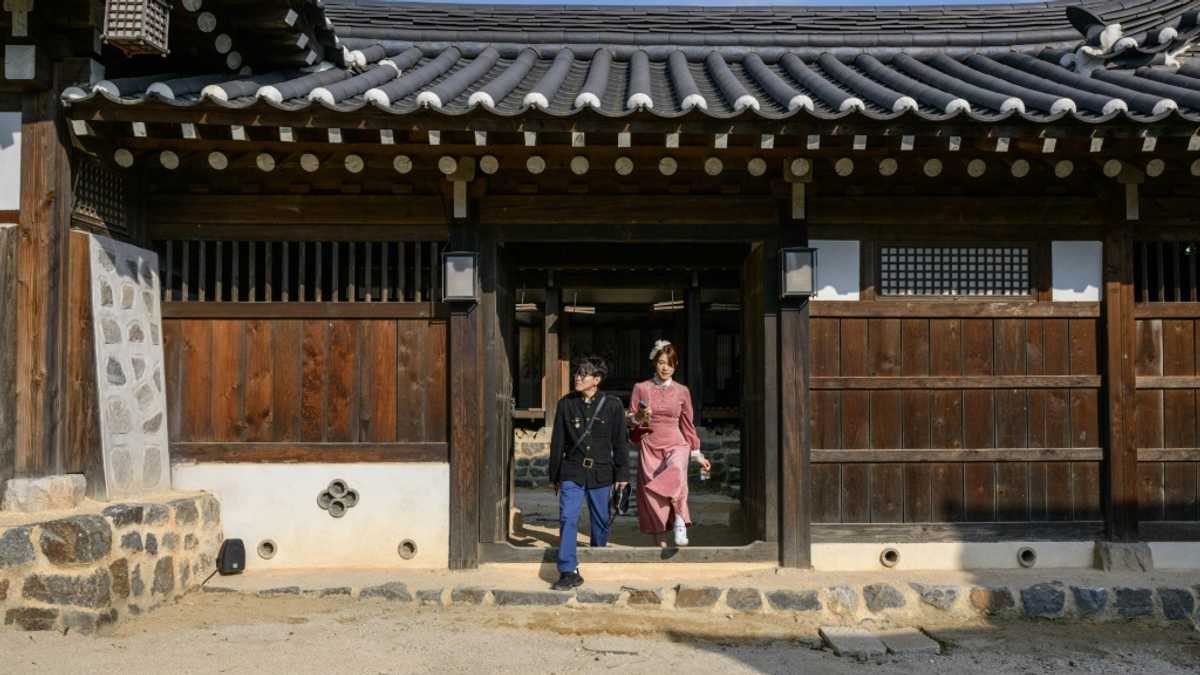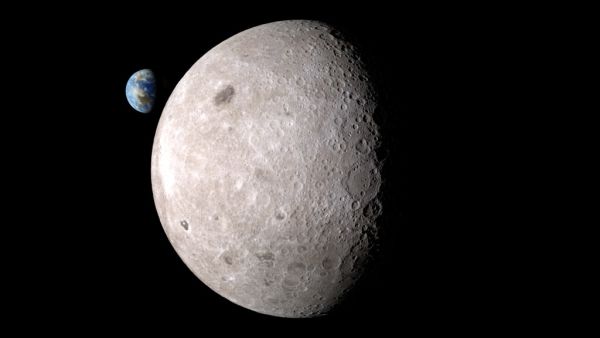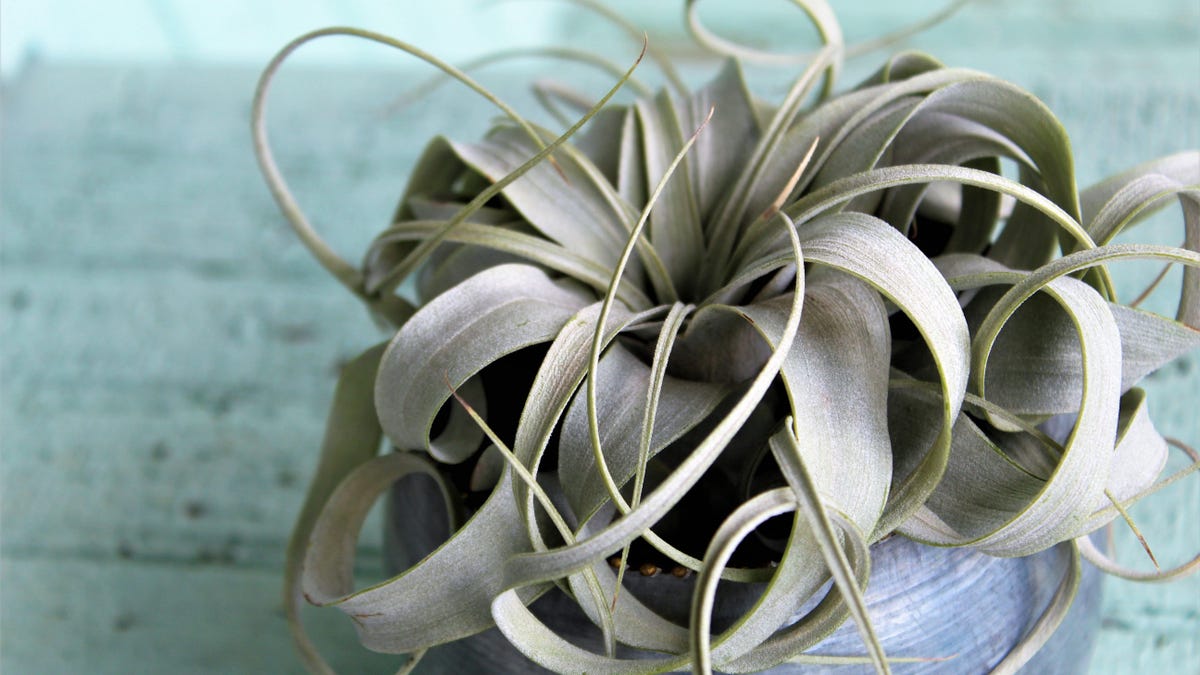Scientists from the Zhang lab at Brigham and Women’s Hospital have developed a technology that takes a technique called bioprinting to a whole new and icy level. The technology they dubbed – cryobioprinting uses a bioink embedded with cells to print frozen, complex structures that can be easily stored for later use.
Y. Shrike Zhang, Ph.D., senior author of both papers and an associate bioengineer in Brigham’s Department of Medicine, said, “Cryobioprinting can give bioprinted tissue an extended shelf life. We showed up to three months of storage, but it could be much longer. And the unique variation, or what we call the vertical 3D cryobioprinting technique we’ve described, may have broad application in tissue engineering, regenerative medicine, drug discovery, and personalized therapeutics.”
Using cryoprotected bioink laden with cells, scientists printed tissue constructs on a customized freezing plate. The freezing plate allowed them to precisely control and stabilized temperature during the cryobioprinting procedure.
These printed structures were immediately cryopreserved in a liquid nitrogen tank for later use. When scientists optimized and evaluated the technique, scientists found that the method could faithfully fabricate tissue constructs that could be used as implants and tissue products.
Using the cryoprotected bio-ink, scientists created vertical, 3D structures that mimic complex, delicate, and anisotropic tissues found in the human body. These structures have microscale pores aligned in the vertical direction.
As a proof-of-concept, the team constructed a muscle-tendon unit using myoblasts (cells that can give rise to muscle cells) and fibroblasts (cells that produce structural frameworks in connective tissue). The team also fabricated a muscle-microvascular unit.
Scientists noted, “This work represents very early technological demonstrations and will still need extensive validation and tests before use in the clinic, but the two papers represent an important step forward.”
Zhang said, “As the field of tissue engineering is growing fast, these fabricated tissue constructs may find a plethora of applications in muscular tissue engineering and beyond.”
Journal Reference:
- Ravanbakhsh H et al. “Freeform Cell-Laden Cryobioprinting for Shelf-ready Tissue Fabrication and Storage” Matter DOI: 10.1016/j.matt.2021.11.020
- Luo Z et al. “Support Bath-Free Vertical Extrusion Cryo(bio)printing for Anisotropic Tissue Manufacturing” Advanced Materials DOI: 10.1002/adma.202108931
Note: This article have been indexed to our site. We do not claim legitimacy, ownership or copyright of any of the content above. To see the article at original source Click Here













